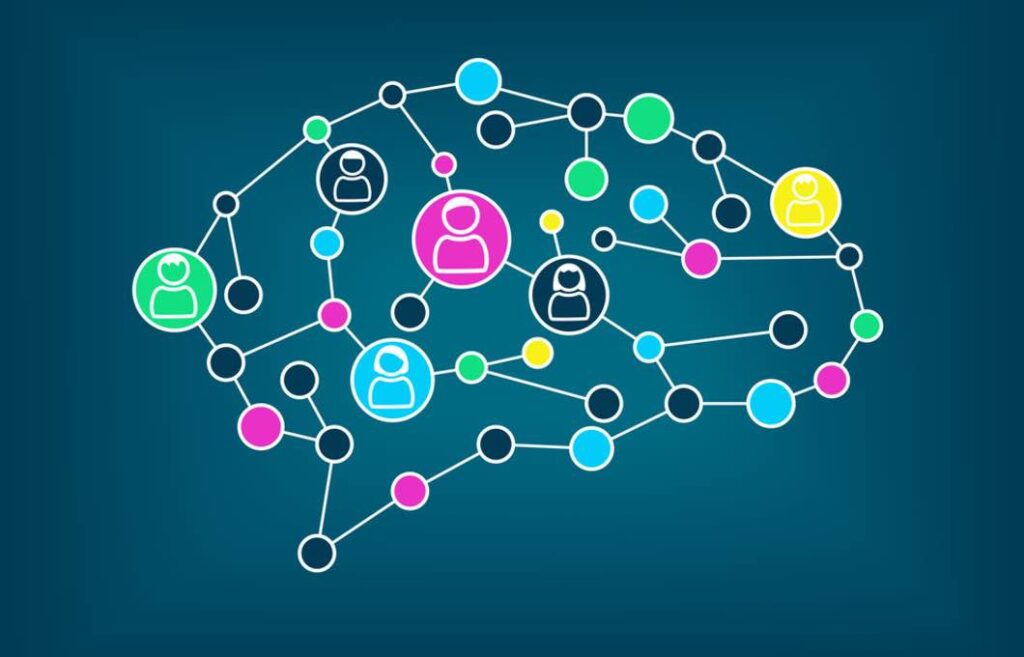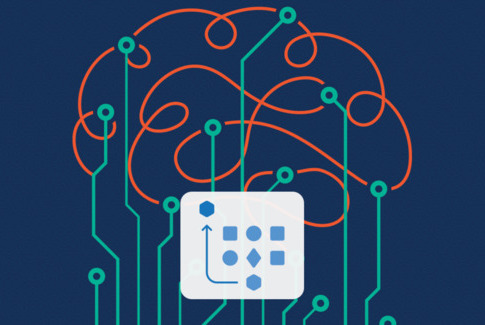
There’s a reason composite artificial intelligence (AI) is championed by everyone from analysts to media outlets: it saves time, reduces costs and produces extremely accurate results…when properly implemented.
One area in which composite AI is valuable is in populating knowledge graphs for language understanding. Knowledge graphs enable firms to understand language which, in turn, enables them to leverage applications such as text analytics, intelligent chatbots, cognitive processing automation (CPA) and many others.
You can expedite the creation of these knowledge graphs with composite AI. All you need to do is follow this three-step process:
Step One: Assembly of Knowledge
Step one is to have your experts manually assemble this knowledge. They must define, formalize, and implement this knowledge. This is the most time-consuming step. It’s also the most important step and results in the greatest accuracy levels since this symbolic AI knowledge is explicit—and comes from those best acquainted with it.
Step Two: Annotation of Data
The second step is for these same subject matter experts to oversee the machine learning that will automate the population/enrichment of the graph’s knowledge. This step includes supervised and unsupervised learning techniques that are useful once the knowledge foundation has been laid. It involves a range of algorithms extracting knowledge from different sources to arrange in the graph, while experts review and correct their results as needed. This process is similar to the labeled training data requirement for supervised learning.
Step Three: Training and Development
The final step entails amassing knowledge for the graph by deploying these algorithms without supervision. This step completes the pairing of statistical and non-statistical AI—with unsupervised and supervised learning—to automatically extract knowledge from documents at enterprise scale. At this point, the software can run for days to get as much knowledge as desired.
How Supervised and Unsupervised Learning Impacts Enterprise Knowledge Graphs
Supervised and unsupervised learning techniques play very different, but equally integral, roles in steps two and three of populating your knowledge graph. How well you understand these roles will determine the level of success you are able to attain.
Supervised Learning
Supervised learning is a type of machine learning in which models learn by analyzing labeled training data. The labels for those training datasets are provided by experts, who either find examples for model inputs or, more often, annotate datasets themselves to provide examples of terms and concepts models must learn. Thus, models aren’t learning from scratch, but rather are making inferences from experts—which is the best way to learn.
Preparing labeled training datasets requires more time, energy and effort from experts than unsupervised learning does. However, there is a feedback loop in which experts rate the results of models, so they improve over time. This process typifies the notion of human-in-the-loop, while delivering top quality results that reduce the noise of such algorithms. The only drawback is it requires a substantial investment in experts’ time.
Unsupervised Learning
Unsupervised learning means that models learn based on analyzing training data without labels. Therefore, unsupervised learning deployments don’t require as much of an investment in the time, energy and effort of experts compared to supervised deployments. This makes the unsupervised option viable when organizations can’t invest significantly in their experts’ time.
However, unsupervised learning introduces more noise to its results than supervised learning—though frequently in tolerable amounts. There are some use cases in which unsupervised learning is preferable to supervised learning, because models learn from the data instead of manmade labels. However, when populating knowledge graphs for language understanding, the quality of the results is inferior to those of supervised learning.
A Winning Formula
Composite AI provides real-world value by abbreviating the time and labor otherwise required to build a knowledge graph. It entails the best of both worlds—symbolic AI and both supervised and unsupervised machine learning—in a three-step evolution from manual processes to full-fledged automation.
Once the former solidifies the graph’s foundation, the machine learning automation can continually extract knowledge from documents for natural language understanding (NLU) use cases as specialized, or general, as organizations need them to be.


